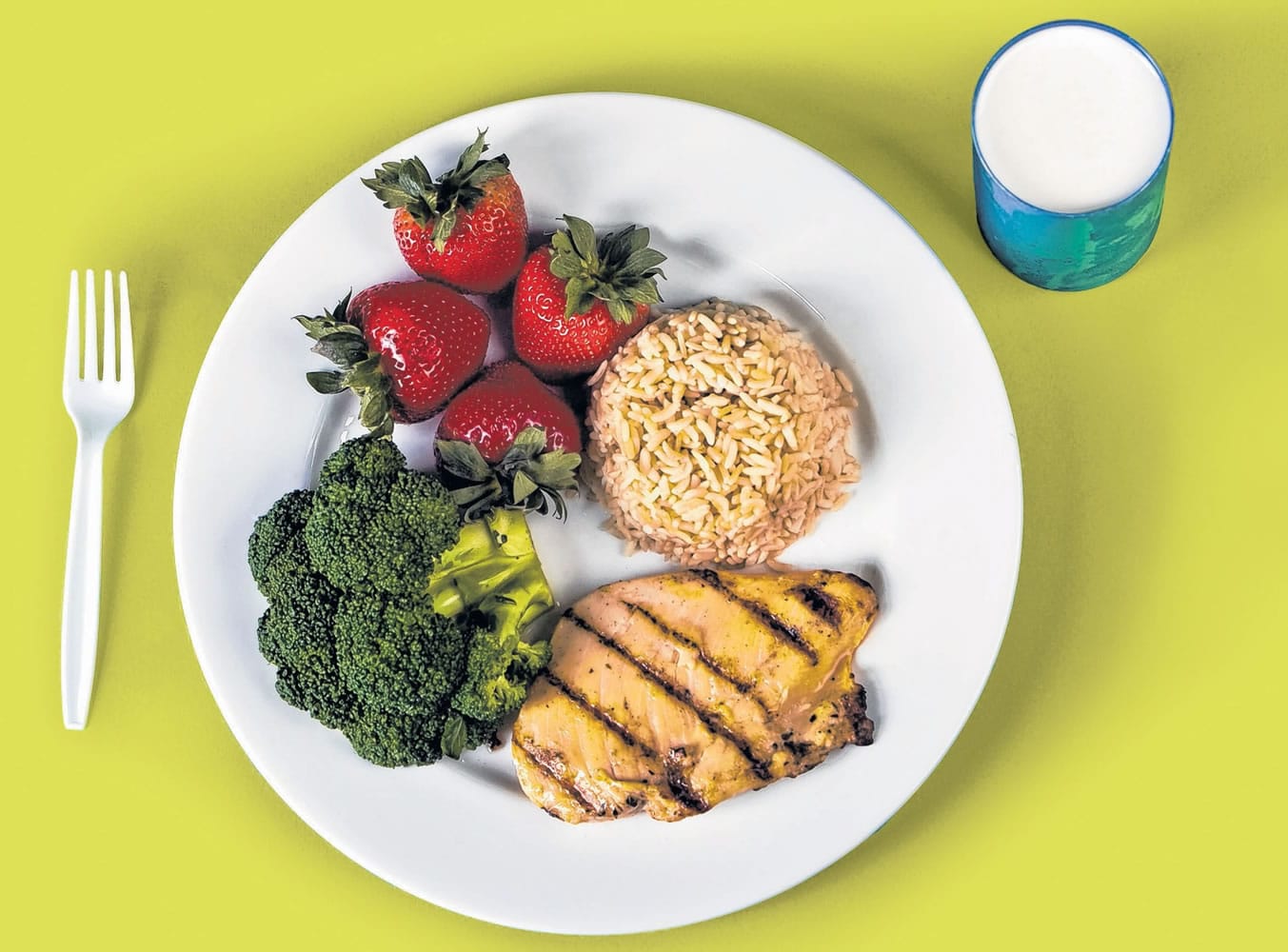It’s helpful. It’s unnecessary.
Here’s a closer look at what’s included in the USDA’s food groups included in the new MyPlate healthy eating icon — fruits, vegetables, protein, grains and dairy.
Fruits: Any fruit or 100 percent fruit juice counts as part of the fruit group. Fruits may be fresh, canned, frozen or dried and may be whole, cut-up or pureed.
Vegetables: Any vegetable or 100 percent vegetable juice counts. Veggies may be raw or cooked; fresh, frozen, canned or dried/dehydrated.
Protein: Lean cuts of beef and pork, chicken, fish, eggs, nuts and seeds, beans, peas and tofu. Protein helps build, maintain and replace vital tissues.



